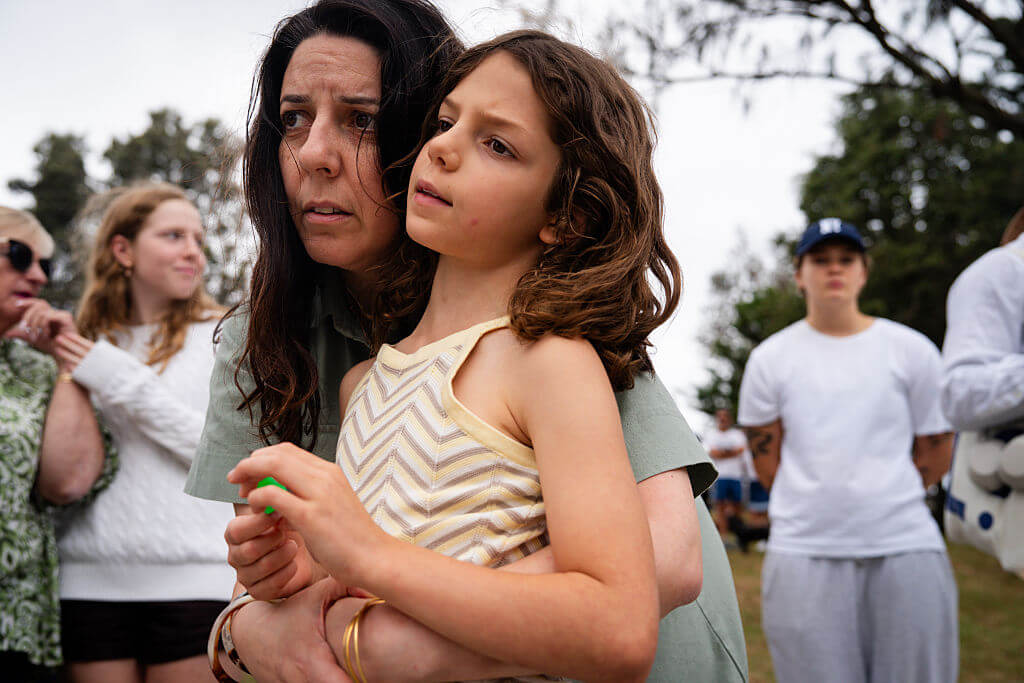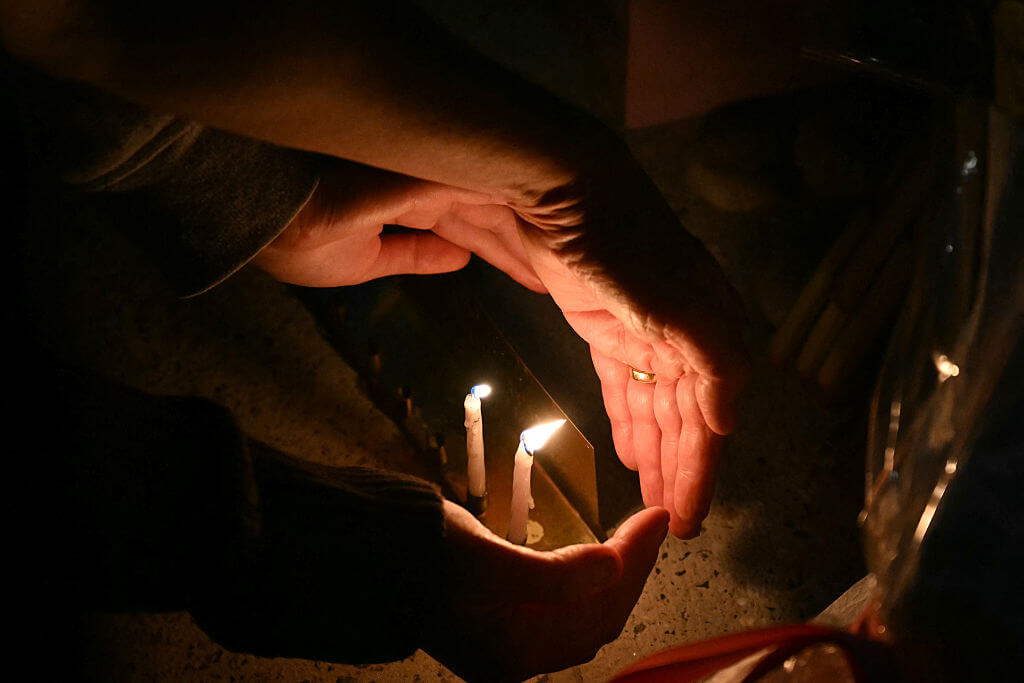40 Years Later: The Struggle for Soviet Jewry
The following was excerpted from an article in the spring issue of Azure Magazine.
Jacob Birnbaum was born in Hamburg, Germany, in 1926. His grandfather, Nathan Birnbaum, coined the term “Zionism” and served as secretary general of the first Zionist Congress in Basel in 1897. Dissatisfied with his western European acculturated identity, Nathan Birnbaum was drawn over time to the Judaism of eastern Europe, and eventually abandoned his secular nationalism for religion, becoming secretary general of the haredi Agudath Israel. Nathan’s son and Jacob’s father, Solomon Asher Birnbaum, a leading Yiddish scholar, moved from Germany to London in 1933. During the war, he worked for the British government’s national censor, in the Uncommon Languages Department. “He read the desperate letters from Europe, so he knew what was happening to the Jews there,” his son recalled. “He tried to do what he could, but his helplessness seared itself into my soul.”
Jacob Birnbaum’s commitment to Soviet Jewry was largely informed by his grandfather’s passion for eastern European Jewry and his father’s frustration at being unable to help prevent its destruction. From his grandfather’s ability to traverse European Jewry’s bitter ideological divides, Birnbaum learned to see himself as a “klal yisrael Jew”—a Jew for the whole Jewish people, drawing his identity from the totality of the Jewish experience. Though he remained an observant Jew, he shunned denominational labels, feeling at home in all Jewish camps but ultimately belonging to none….
April 27, 2004, will mark forty years since the founding of the SSSJ [Student Struggle for Soviet Jewry] and the grassroots Soviet Jewry movement. Jacob Birnbaum, now 77 and ailing, nevertheless remains active, working from his home in the Washington Heights neighborhood of Manhattan, with the same phone number that appeared on SSSJ stationery in the early years. He advises the American Association for Jews from the USSR and promotes Jewish educational projects in Israel for immigrants from the former Soviet Union. Yet most Soviet Jews do not know the name of the man who launched the movement for their freedom. Nor do most American Jews recall the man who transformed their community. Others, of course, have a share in the credit — the refuseniks, American activists and political leaders, the establishment Conference on Soviet Jewry, and, not least, the government of Israel and its Liaison Bureau. But it was Jacob Birnbaum who was first to declare, “Let my people go,” and to translate that longing into a systematic campaign.
For all its internal disagreements, the Soviet Jewry movement accomplished precisely what it set out to achieve, initiating a worldwide public campaign to save Eastern Europe’s last great Jewish community from extinction. More than a million Soviet immigrants came to Israel in two waves — around 200,000 during the 1970s, and the rest beginning in 1989. Undoubtedly, the mass migration to Israel in the 1990s owes a great debt to the Soviet Jewry movement of the 1960s. Though opening the gates of the USSR in 1989 was part of an internal process within Soviet society, the emigration to Israel was not a foregone conclusion. Most Soviet Zionist activists, after all, had already left in the first wave of emigration in the 1970s, and those Jews who remained behind were generally lacking in Jewish national sentiment. But the presence of relatives and friends in Israel who had left two decades earlier helped convince many Soviet Jews to consider the Jewish state a credible destination. And that first Soviet immigration in the early 1970s was, in large part, a result of the campaign mounted by American activists through the 1960s.
SSSJ’s early critics, who warned that the movement could never succeed, were right in one sense: Without the uprising of Soviet Jews themselves, the movement would almost certainly have remained marginal, perhaps forcing some minor concessions from the Kremlin but fundamentally unable to reverse the policy of forced assimilation. As a protest movement aimed at a foreign power, the campaign’s success depended on the emergence of a Soviet Zionist movement to generate domestic pressure. However, SSSJ was the first organization to recognize the importance of individual dissidents and broadcast their voices in the West. In the process, it prepared American Jewry for the moment when a broader Soviet Jewish awakening would require Western protection, thereby insuring its success.
A generation later, the massive immigration of Russian-speaking Jews has transformed Israeli society, infusing the country with talent and energy. But arguably a no less powerful transformation has occurred among American Jews. The Soviet Jewry movement roused them from their passivity, and taught them how to fight a diaspora-generated struggle and experience victory — not vicariously through Israeli heroism, but as active partners in their people’s fate. American Jews came to see themselves as a major force for Jewish freedom and security, protecting endangered Jews through political means, just as Israel did through military means. In its struggle for the freedom of Soviet Jews, American Jewry liberated itself as well.
Yossi Klein Halevi is an Associate Fellow at the Shalem Center and a Contributing Editor of Azure and The New Republic.
















